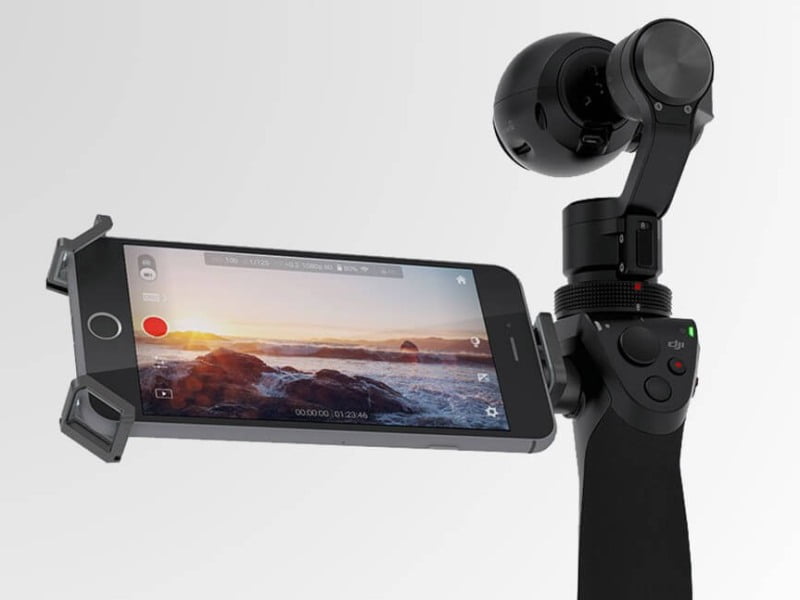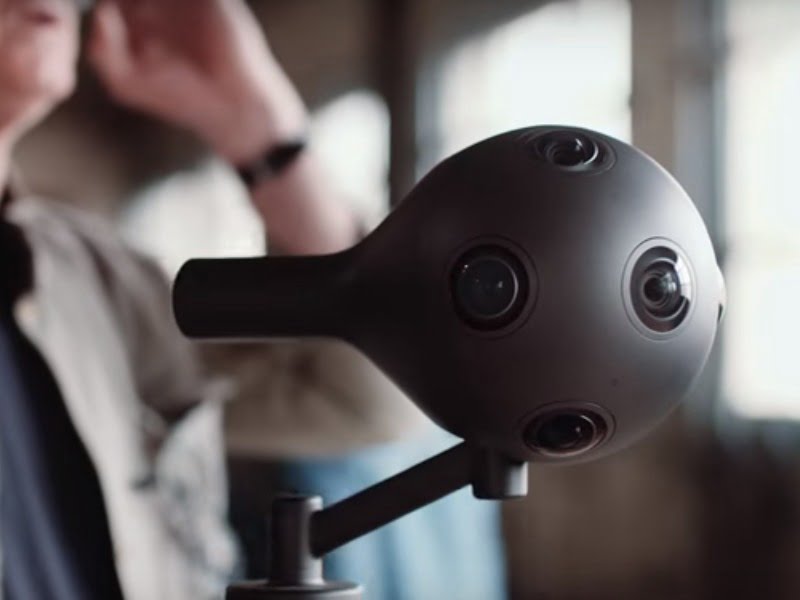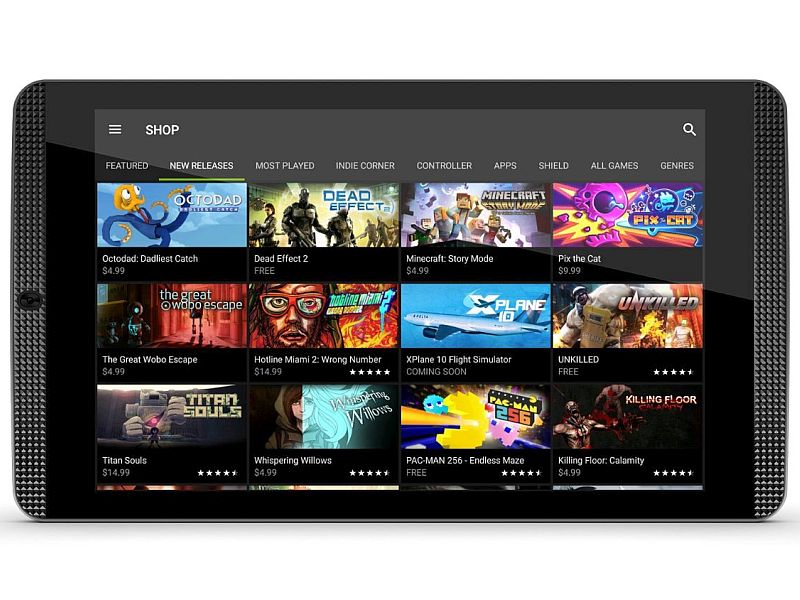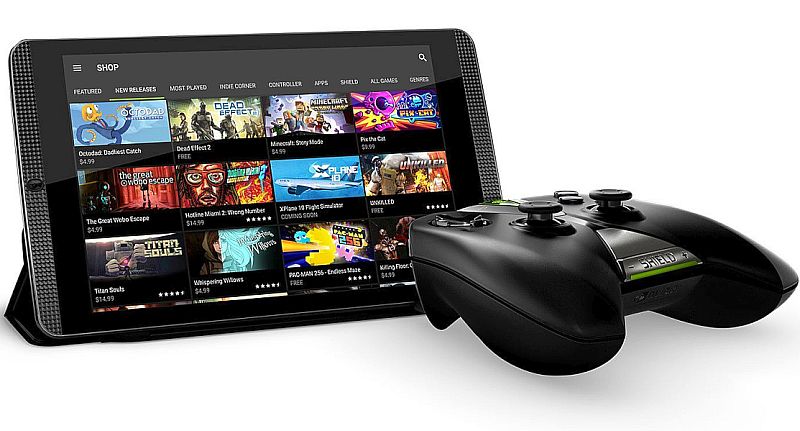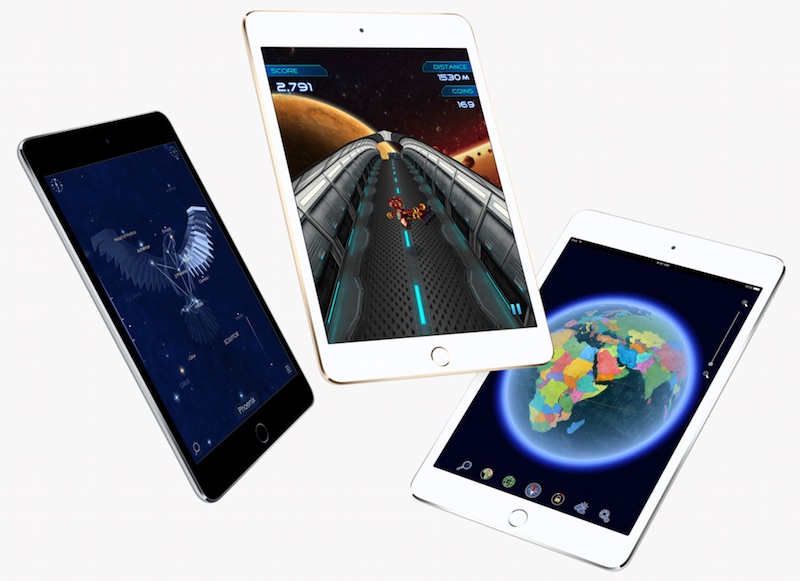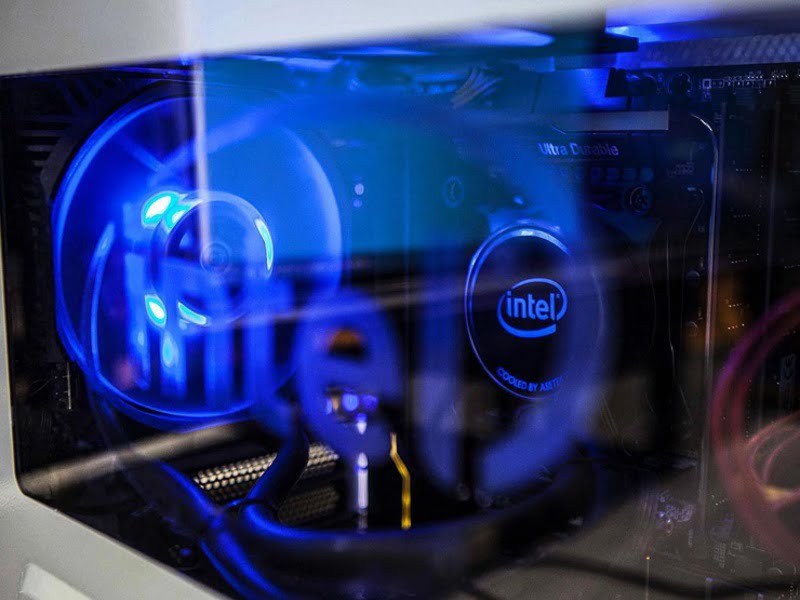
DJI is popularly known for its Phantom series of aerial drones and now, the company has taken its camera technology used in drones and created a handheld, fully stabilised 4K camera called the Osmo. This little gem of a device is now available through retailers in 10 major cities across India at a retail price of Rs. 69,990. You can also get it directly shipped to you through DJI’s authorised distributor, SSTPL.
We had a chance to play around with the Osmo at the launch event in Mumbai, which turned out to be incredibly fun. Unlike the GoPro, which is designed for rugged use, the Osmo is targeted mainly at cinematographers or content creators on the move. The Osmo gives you the flexibility of being small enough to stuff into your bag but deliver the similar cinematic results as using full-fledged camera dolly or a jib. You can still use it as an action cam but it’s not weatherproof as the GoPros’ or the Polaroid Cube.
The DJI Osmo consists of mainly two parts – the handle and the detachable camera and gimbal. The handle is completely rubberised and offers very good grip. All the buttons to control the camera placed here as well and can be easily reached with your thumb. There’s a flattened joystick for tilting and panning the camera, a shutter button and one for video recording. The power switch is placed on the side. You can add optional accessories to the handle like an extension arm, a universal mount for using DJI’s Zenmuse X5 cameras, bike mount or a tripod.
The main camera unit is DJI’s Zenmuse X3 unit which features a Sony Exmor R CMOS sensor (1/2.3-inch) with a 12-megapixel resolution. The camera is capable of burst mode, RAW format support, timelapse video, 360-degree panoramas and up to 4K video at 24, 25 or 30 frames per second. All these modes can toggled within the DJI Go app. The smartphone mount which attaches to the handle is included in the package.
The Osmo is very easy to use. The tilt, pan and roll of the gimbal can be locked into place as needed through physical switches placed around the gimbal. You can also manually move the camera head and gimbal if you need to frame a particular scene. There’s a trigger in the front of the handle which lets you lock the camera on a particular target and the gimbal compensates for your movement. You can even double-tap the trigger to swing the camera forward for a selfie.
Everything works pretty flawlessly and the 3-axis stabilisation always keeps the camera steady. Even when you pan really quickly, the gimbal compensates for you jerks and rapid movement to ensure a smooth pan. There’s a microSD card slot in the camera head, which supports up to 64GB capacity cards. The DJI Osmo connects to your smartphone via Wi-Fi so you can use it as a viewfinder.
We weren’t able to test the quality of the captured photos but demo videos looked pretty good. We’ll know for sure once we get a test unit of the DJI Osmo in our hands, so stay tuned for that.
[“source-gadgets.ndtv”]

